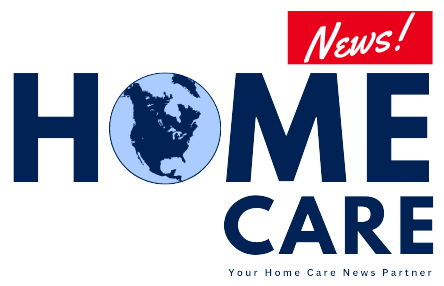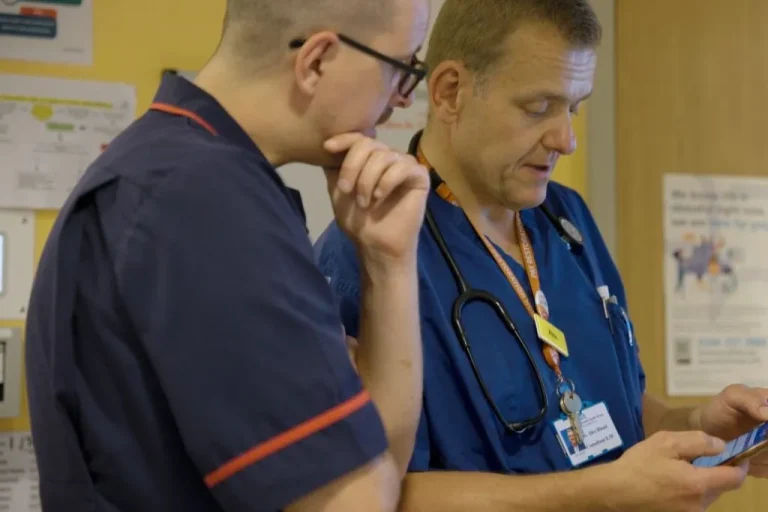An artificial intelligence (AI) tool helping staff access documents such as clinical guidelines is saving nurses at an NHS trust in the East of England a total of 140,000 hours a year, its creators say.
MyStaff, which runs on a mobile phone or a desktop, has been used at Mid and South Essex NHS Foundation Trust in a bid to make it easier for nurses and midwives to access important guidance.
“I want to make sure my staff are in with the families and not wasting time trying to find a computer”
Tabitha Stuthridge
The trust has uploaded thousands of documents to the system ranging from local policies to national guidelines, such as that published by the National Institute for Health and Care Excellence.
These are stored and categorised on an app, which can be accessed by staff.
The app contains large language model AI technology that processes the documents, allowing them to be searched for and through by staff quicker.
It also contains digitised copies of patient leaflets, which can be distributed to people leaving the hospital via a QR code, as well as patient group directions so nursing staff can see information on medicine dosages.
As well as this, it can track which staff have looked at mandatory documents and those in charge of updating policies can be alerted when they are overdue.
Tabitha Stuthridge, lead bereavement midwife at the trust’s Broomfield Hospital in Chelmsford, told Nursing Times that the app had helped save her and other midwives significant amounts of time.
She said that, prior to the app’s rollout, members of her team were missing important time with families because of the need to dig through paper or poorly-organised digital documents to check for policies and guidelines.

Tabitha Stuthridge
“Bereavement is quite different to other parts of midwifery, because it’s not something, thankfully that happens frequently,” she said.
“They may not have had to deal with this situation [for] maybe six months or a year…
“I need to know that my staff have access to the up-to-date [guidelines] to reduce the stress levels in that area.”
She added: “I’ve been a midwife a long time, going back to the days where we had paper copies in folders of guidelines and policies that were often out of date, or pages were missing, or someone else had the folder.
“It then went online, and we could access it on computers.
“But it was difficult finding a computer that was free, then actually locating the guideline that you wanted to have was immensely difficult for some reason.”
Ms Stuthridge said the service being app-based had meant less time queuing for a computer, and the AI-driven search tool was far more efficient at finding the document than what came before it.
“As a bereavement midwife, I want to make sure my staff are in with the families and not wasting time trying to find a computer,” she added.
“If [a midwife] has to nip out to get something or check something, it’s a few minutes, rather than 10, 20, 30 minutes trying to locate things.
“With bereavement care, we really want those midwives in the room where they need to be and not wasting unnecessary time trying to find things.”
Ms Stuthridge said the service has helped save her time in the non-patient-facing aspects of her work, too, such as multi-disciplinary meetings reviewing cases.
She explained that it meant most questions about what guidance was or was not followed which, previously, would have required follow-up emails or meetings, could be answered in one sitting.
The trust said that the “vast majority” of its nursing staff use the app.
Leslie Golding, chief executive of Diligram, the company behind the app, said around 13 hours per month per nurse was saved at the trust by them using it every day.
“It’s saving time and actually making it a safer place to work,” Mr Golding added.
“The NHS generates vast amounts of data every day, yet outdated systems mean much of that information is difficult to access or underutilised.
“MyStaff App is designed to bridge this gap, providing AI-powered automation that makes policy retrieval faster, compliance tracking smarter, and healthcare workflows more efficient.”

